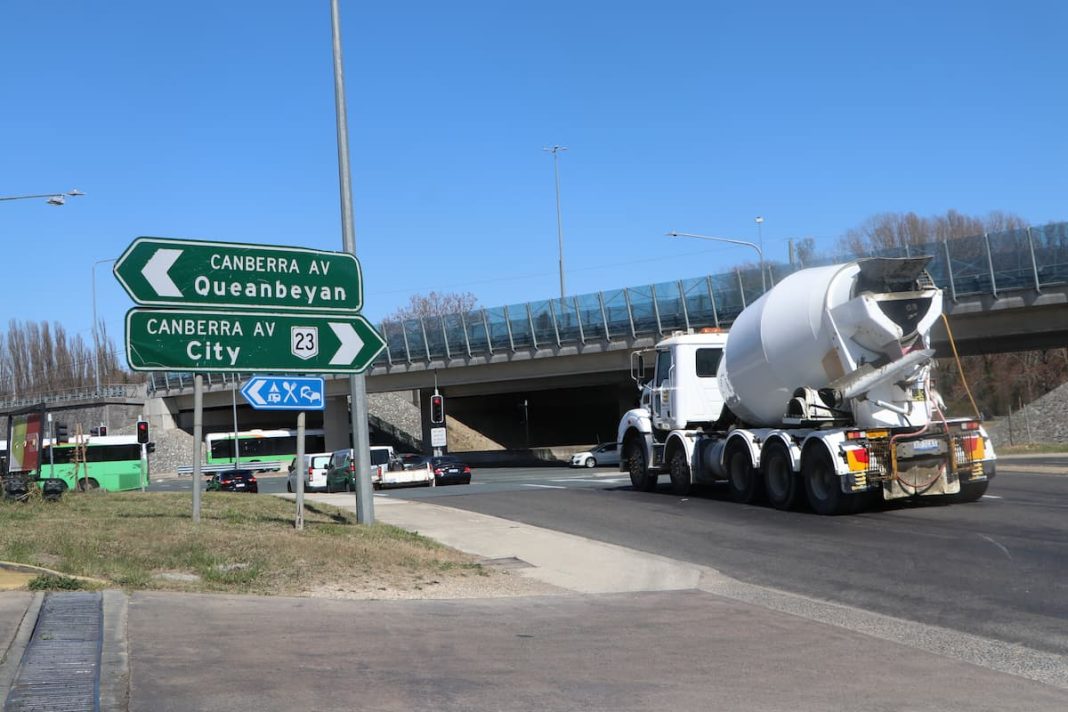Canberra Avenue in Fyshwick has been revealed as the worst hotspot for accidents in the ACT according to AAMI’s Decade of Driving report for 2014-2023 released Wednesday.
The Monaro Highway in Hume ranked second worst, while Gundaroo Drive in Gungahlin rounded out the top three.
Canberra’s top ten worst accident hotspots:
- Canberra Avenue, Fyshwick
- Monaro Highway, Hume
- Gundaroo Drive, Gungahlin
- Monaro Highway, Fyshwick
- Gungahlin Drive, Gungahlin
- Parkes Way, Canberra
- Northbourne Avenue, Canberra
- Drakeford Drive, Kambah
- Horse Park Drive, Gungahlin
- Newcastle Street, Fyshwick
Canberra Avenue and Monaro Highway jostled for the top spot for years. But the crash crown goes to Canberra Avenue in Fyshwick, overall. In the past decade, this infamous road sat at number 1 for five years, and number 2 for four.
AAMI Motor Claims Manager Leah James said the data showed road crash woes were similar across Australia.
“The number one crash hotspots in each state and territory are all notorious for accidents and share similar attributes of being busy major roads, or main thoroughfares through industrial, educational, shopping centre precincts or central business districts,” Ms James said.
A busy artery in Melbourne’s northeast was named Australia’s biggest crash hotspot of the past decade. Plenty Road in Bundoora stretches from Preston to Whittlesea and was singled out in the report.
The worst road for crashes in NSW is the Hume Highway in Liverpool, while the Bruce Highway in Rockhampton was Queensland’s worst and the Albany Highway in Cannington, was the most dangerous in Western Australia.
In South Australia, Marion Road in Marion took the hotspot, followed by Sandy Bay Road in Sandy Bay Tasmania. The Stuart Highway in Darwin was the most prevalent crash site in the Northern Territory.
Ms James said there were clear trends as to when and why crashes were taking place.
“Since 2014, our data has shown that afternoons are prime time for collisions across the country,” she said.
This coincides with school pick up – a time when the roads are busy, patience is wearing thin, drivers are tired from the day and racing to get home or to their next destination.
“This is when drivers need to have their wits about them, and be vigilant behind the wheel, to avoid those bumper-to-bumper collisions or an accident involving a child,” Ms James said.
The most common collisions were nose to tail crashes, which accounted for 26 per cent of smashes.
Other trends noticed in the past 10 years included drivers failing to give way (19 per cent of incidents) and accidentally damaging cars while parking (17 per cent).
Friday was the worst day of the week for crashes, at 16 per cent, followed by Thursday and Wednesday.
The AAMI report is based on its motor insurance claims data from January 1, 2014, to December 31, 2023.



